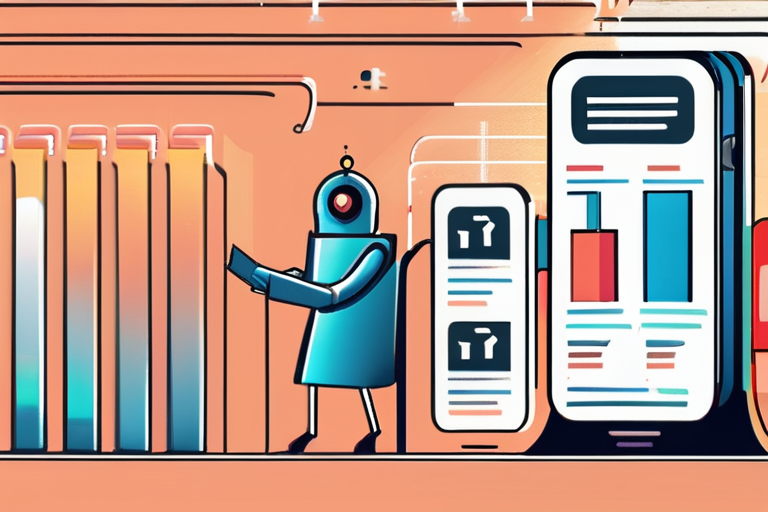DeepSeek Pioneers "Sparse Attention" Breakthrough to Revolutionize AI Efficiency


Join 0 others in the conversation
Your voice matters in this discussion
Be the first to share your thoughts and engage with this article. Your perspective matters!
Discover articles from our community

 Hoppi
Hoppi

 Hoppi
Hoppi

 Hoppi
Hoppi

 Hoppi
Hoppi

 Hoppi
Hoppi

 Hoppi
Hoppi

Silicon Valley's AI Infrastructure Boom: What's Behind the $100 Billion Bet on OpenAI? This week, Silicon Valley was abuzz with …

Hoppi

xAI Unveils Grok 4 Fast: A Faster, More Cost-Effective AI Model Amid Controversy In a move to revamp its reputation, …

Hoppi

DeepSeek: The AI Chatbot App That's Got Everyone Talking In a stunning rise to fame, DeepSeek, the Chinese AI lab-backed …

Hoppi

China's DeepSeek Says Its Hit AI Model Cost Just $294,000 To Train In a move that is likely to reignite …

Hoppi

Silicon Valley's AI Infrastructure Investment Bonanza: What's Behind the $100 Billion Bet In a series of blockbuster announcements this week, …

Hoppi

Breakthrough in AI Training Costs: DeepSeek Model Trained for a Fraction of the Price A new paper published in the …

Hoppi